Toxic fumes on airplanes might be making you sick
Aircraft manufacturers have allegedly downplayed the risks


While air travel remains the safest mode of transportation by a significant margin, there might be something happening on airplanes that could cause you a literal headache. Toxic fumes from jet airliners can sometimes leak into the cabin and cause significant health problems for passengers, according to a new investigation from The Wall Street Journal. The fumes have reportedly been found in the cabin of almost every modern airplane model, and there are indications that both the Federal Aviation Administration (FAA) and airplane manufacturers have long known about the problem.
How do toxic fumes get on airplanes?
There have been thousands of “fume events reported to the Federal Aviation Administration since 2010, in which toxic fumes from a jet’s engines leak unfiltered into the cockpit or cabin,” said the Journal’s investigation. This is due to a design element on planes called “bleed air.” While half of the oxygen on planes is recirculated into the cabin through filters, the other half is “pulled from outside via the aircraft’s engines,” which can bring unwanted oil fumes into the cabin if the seals keeping the oil out fail.
These fumes “have led to emergency landings, sickened passengers and affected pilots’ vision and reaction times midflight,” said the Journal. The majority of these fumes “consist of carbon monoxide and unspecified quantities of neurotoxins, aren’t toxic and have mild to no symptoms,” said The Hill. Continued exposure, however, such as what is experienced by pilots and flight attendants, could “lead to more severe side effects.”
The Week
Escape your echo chamber. Get the facts behind the news, plus analysis from multiple perspectives.

Sign up for The Week's Free Newsletters
From our morning news briefing to a weekly Good News Newsletter, get the best of The Week delivered directly to your inbox.
From our morning news briefing to a weekly Good News Newsletter, get the best of The Week delivered directly to your inbox.
The bleed air design has been “featured in almost every modern commercial jetliner except Boeing’s 787,” said the Journal. But the fume reports are “largely driven by Airbus A320s, which are used by the three largest U.S. airlines,” said NewsNation. A 2015 FAA report said the annual rate of fume incidents was about 33 per 1 million aircraft flights; the Journal reported this rate was significantly higher in 2024 at 108 incidents per 1 million flights.
What can these fumes cause?
While the fumes don’t often cause major problems, they sometimes lead to significant health consequences. Flight attendant Florence Chesson was diagnosed with a traumatic brain injury and “permanent damage to her peripheral nervous system” from fume exposure, said the Journal. The effects on her brain were “akin to a chemical concussion and ‘extraordinarily similar’ to those of a National Football League linebacker after a brutal hit,” Chesson’s doctor told the Journal.
“The most common problems I see are general nervous system problems,” Dr. Robert Harrison, an occupational medicine specialist at the University of California San Francisco, told CBS News. If a person breathes the tainted air into their lungs, it “circulates around, and then it gets into their brain and can affect the other parts of the nervous system.”
What have officials said?
The FAA maintains that fumes rarely leak into airplane cabins. In “rare instances, mechanical issues such as failures of an engine oil seal or recirculation fan bearings can cause fumes to enter the cabin,” the agency told CBS News in a statement. The FAA “investigates the causes and makes sure they're fixed before the aircraft returns to service.”
A free daily email with the biggest news stories of the day – and the best features from TheWeek.com
Flight manufacturers and airlines have provided similar remarks. Airbus’ aircraft are “designed and manufactured according to all relevant and applicable airworthiness requirements,” an Airbus spokesperson said to People. Airbus is “committed to continuously enhancing our products, working closely with operators and regulators to ensure the best possible cabin environment for passengers and crew.”
Justin Klawans has worked as a staff writer at The Week since 2022. He began his career covering local news before joining Newsweek as a breaking news reporter, where he wrote about politics, national and global affairs, business, crime, sports, film, television and other news. Justin has also freelanced for outlets including Collider and United Press International.
-
 How will China’s $1 trillion trade surplus change the world economy?
How will China’s $1 trillion trade surplus change the world economy?Today’s Big Question Europe may impose its own tariffs
-
 ‘Autarky and nostalgia aren’t cure-alls’
‘Autarky and nostalgia aren’t cure-alls’Instant Opinion Opinion, comment and editorials of the day
-
 Japan’s Princess Aiko is a national star. Her fans want even more.
Japan’s Princess Aiko is a national star. Her fans want even more.IN THE SPOTLIGHT Fresh off her first solo state visit to Laos, Princess Aiko has become the face of a Japanese royal family facing 21st-century obsolescence
-
 Are car headlights too bright?
Are car headlights too bright?The Explainer 82% of UK drivers concerned about being ‘dazzled’ as LED bulbs become more common
-
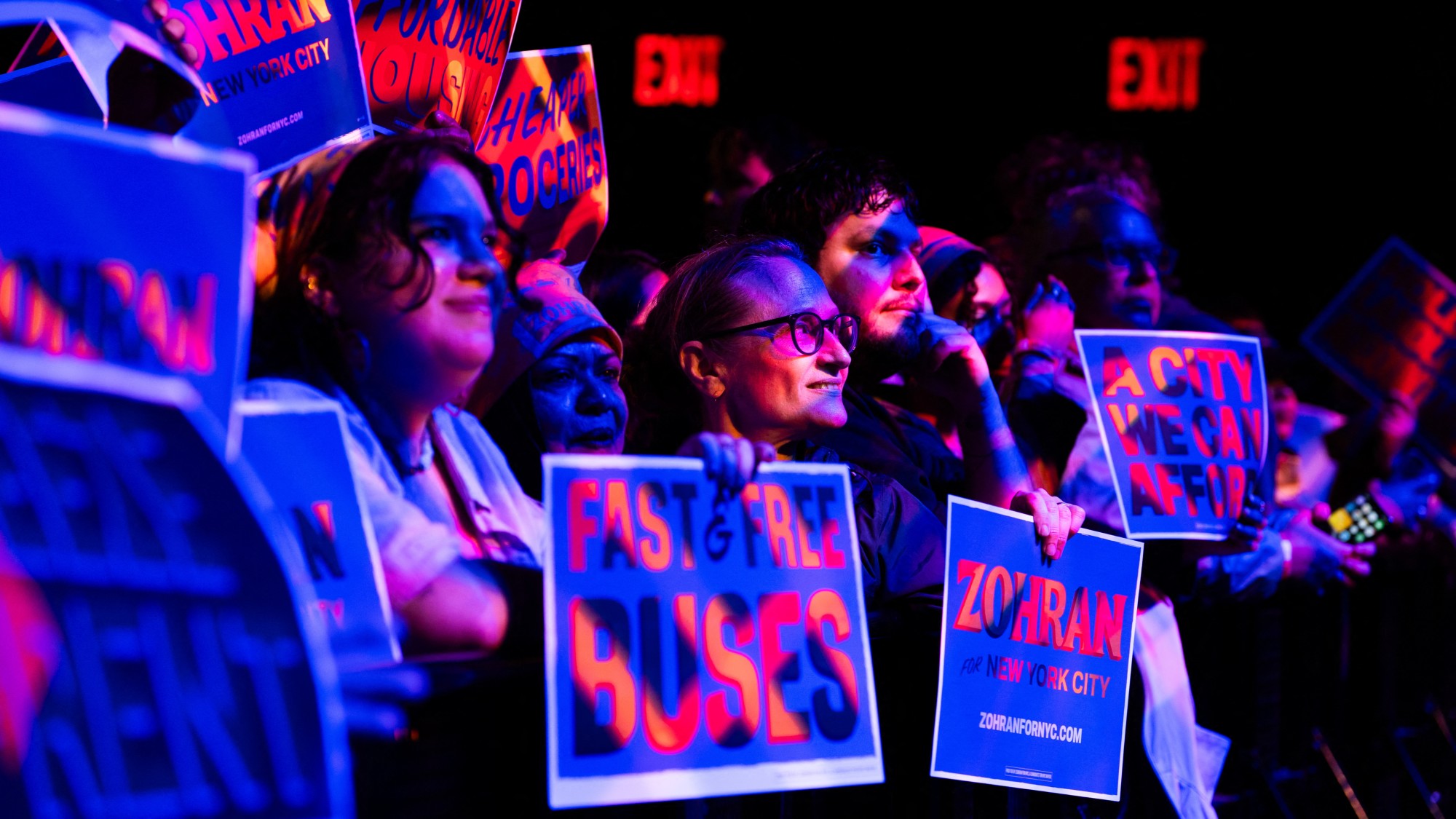 Is New York City mayoral candidate Zohran Mamdani’s plan for free buses realistic?
Is New York City mayoral candidate Zohran Mamdani’s plan for free buses realistic?Talking Points A transit innovation or a costly mistake
-
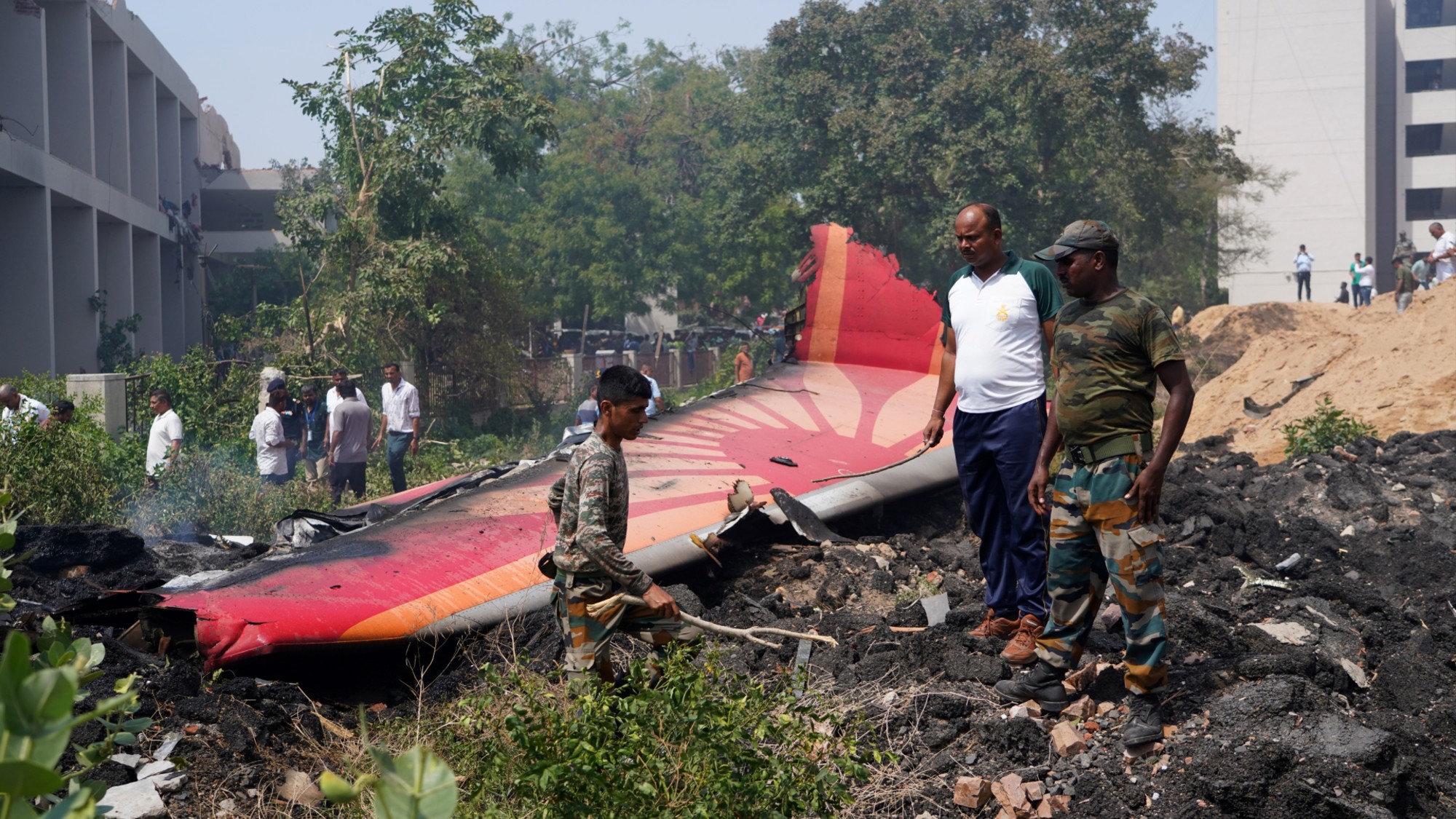 Air India crash highlights a new problem for Boeing: the Dreamliner
Air India crash highlights a new problem for Boeing: the DreamlinerIn the Spotlight The 787 had never been in a fatal crash before
-
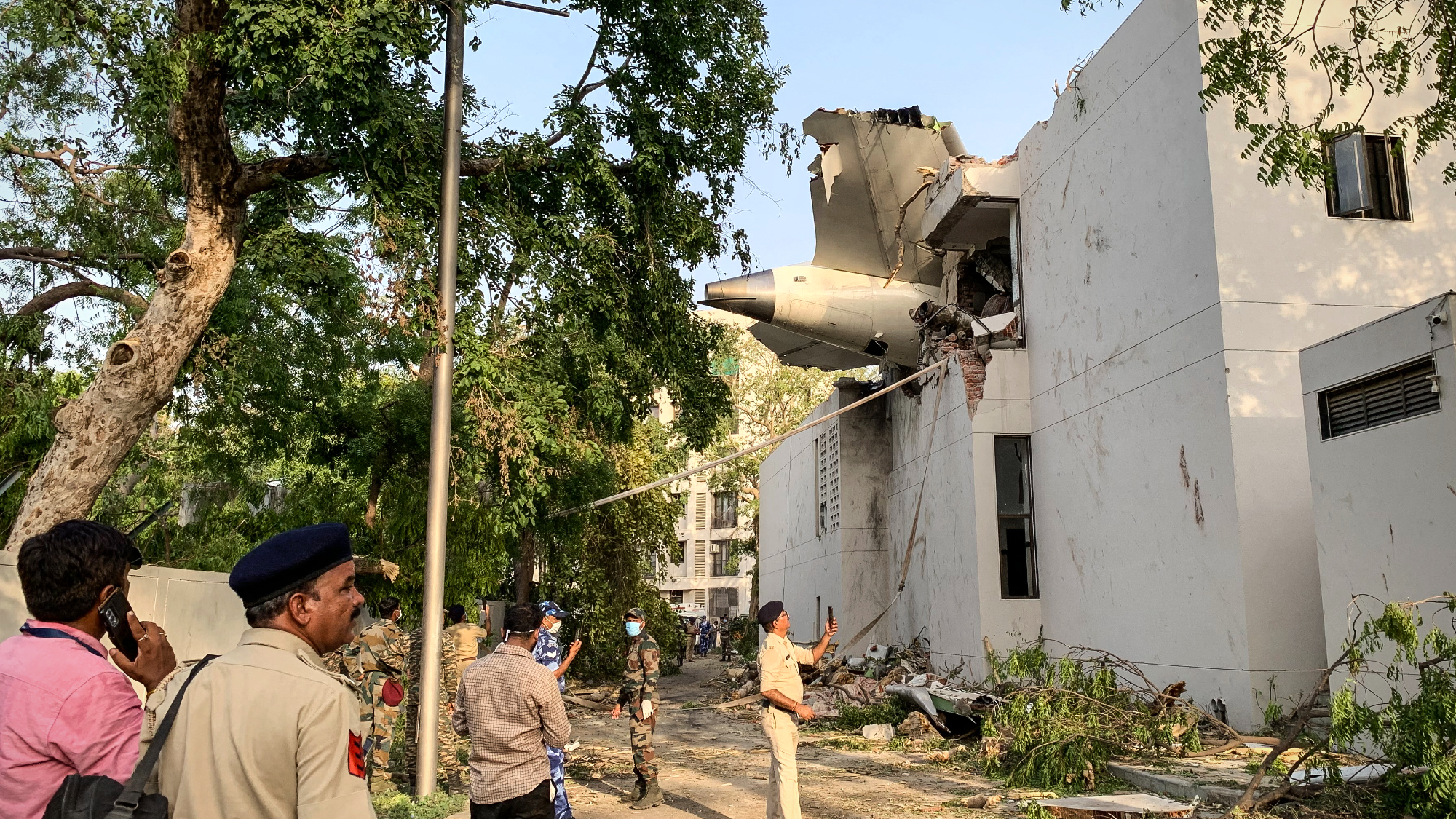 Hundreds die in Air India crash with 1 survivor
Hundreds die in Air India crash with 1 survivorSpeed Read The London-bound Air India Boeing 787 Dreamliner crashed soon after takeoff
-
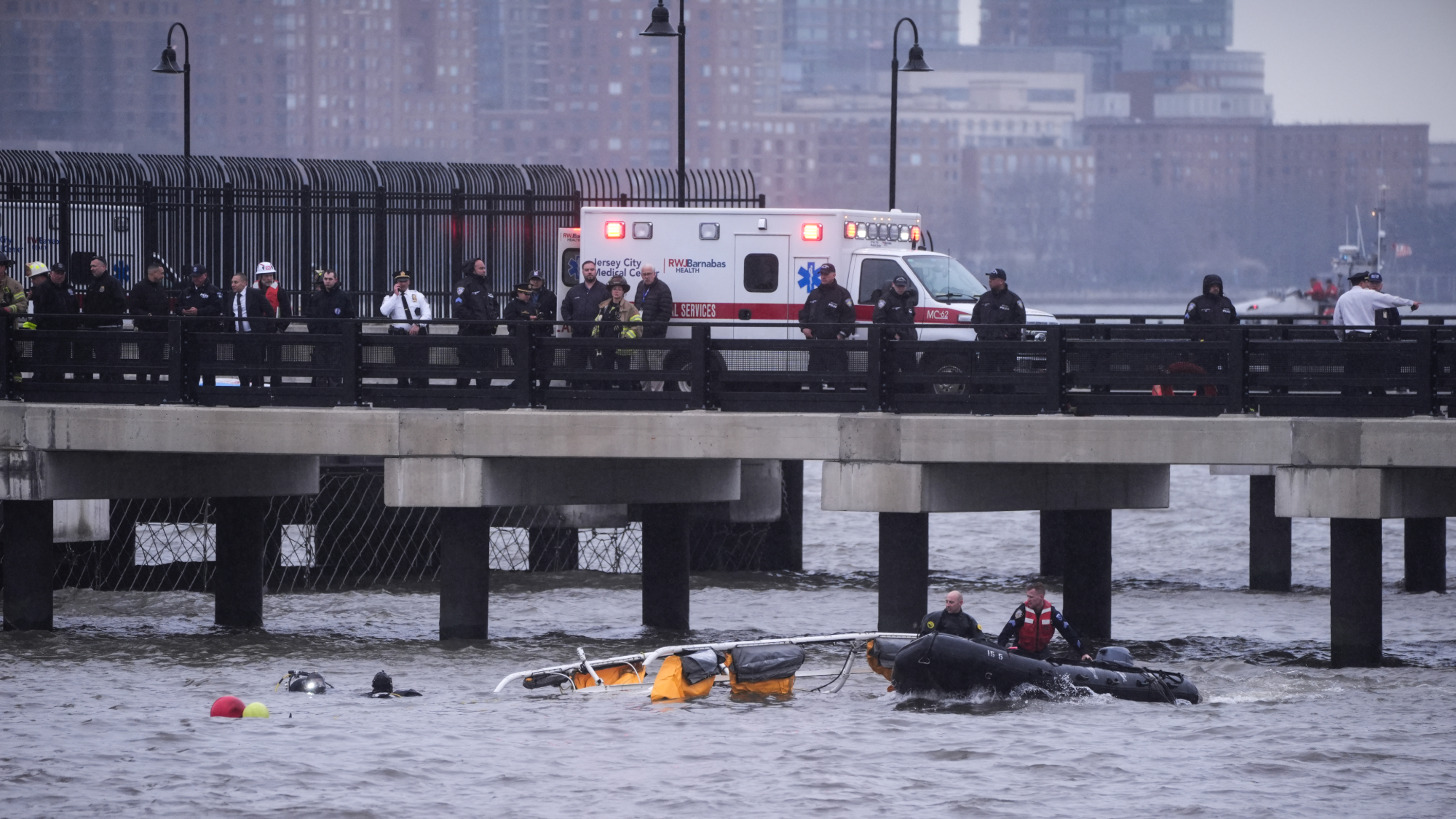 New York helicopter crash kills family, pilot
New York helicopter crash kills family, pilotspeed read A sightseeing helicopter crashed into the Hudson River, killing a family of Spanish tourists
-
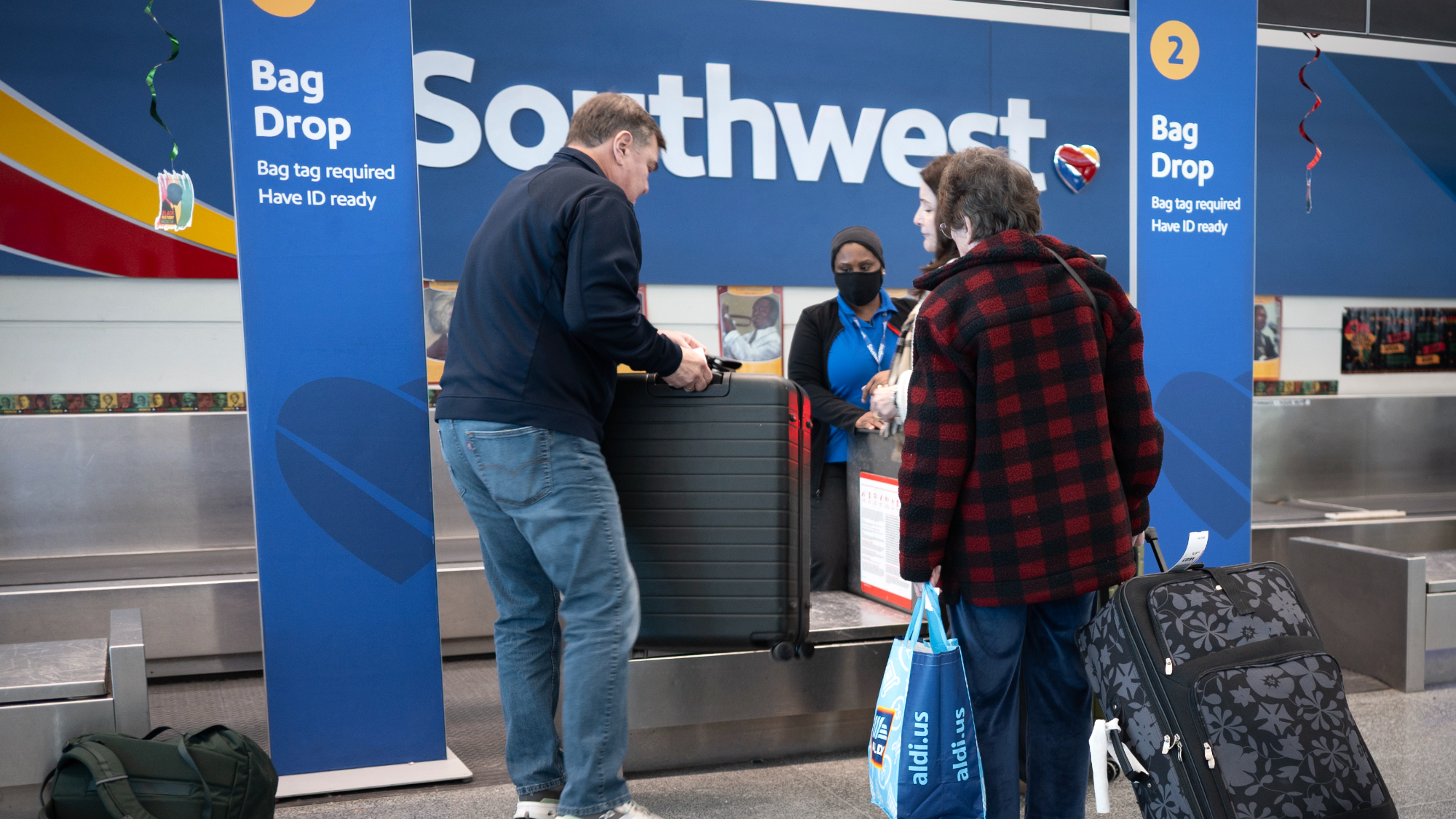 Southwest joins rival airlines on paid baggage
Southwest joins rival airlines on paid baggageSpeed Read The company is ending its longtime free-luggage policy
-
 US jet fuel tanker, cargo ship collide off UK coast
US jet fuel tanker, cargo ship collide off UK coastSpeed Read A cargo vessel carrying a toxic chemical collides with a US-military chartered oil tanker in the North Sea
-
 Delta flight lands upside-down in Toronto, no deaths
Delta flight lands upside-down in Toronto, no deathsspeed read At least 18 people were injured in a flight that landed at Toronto's Pearson International Airport
